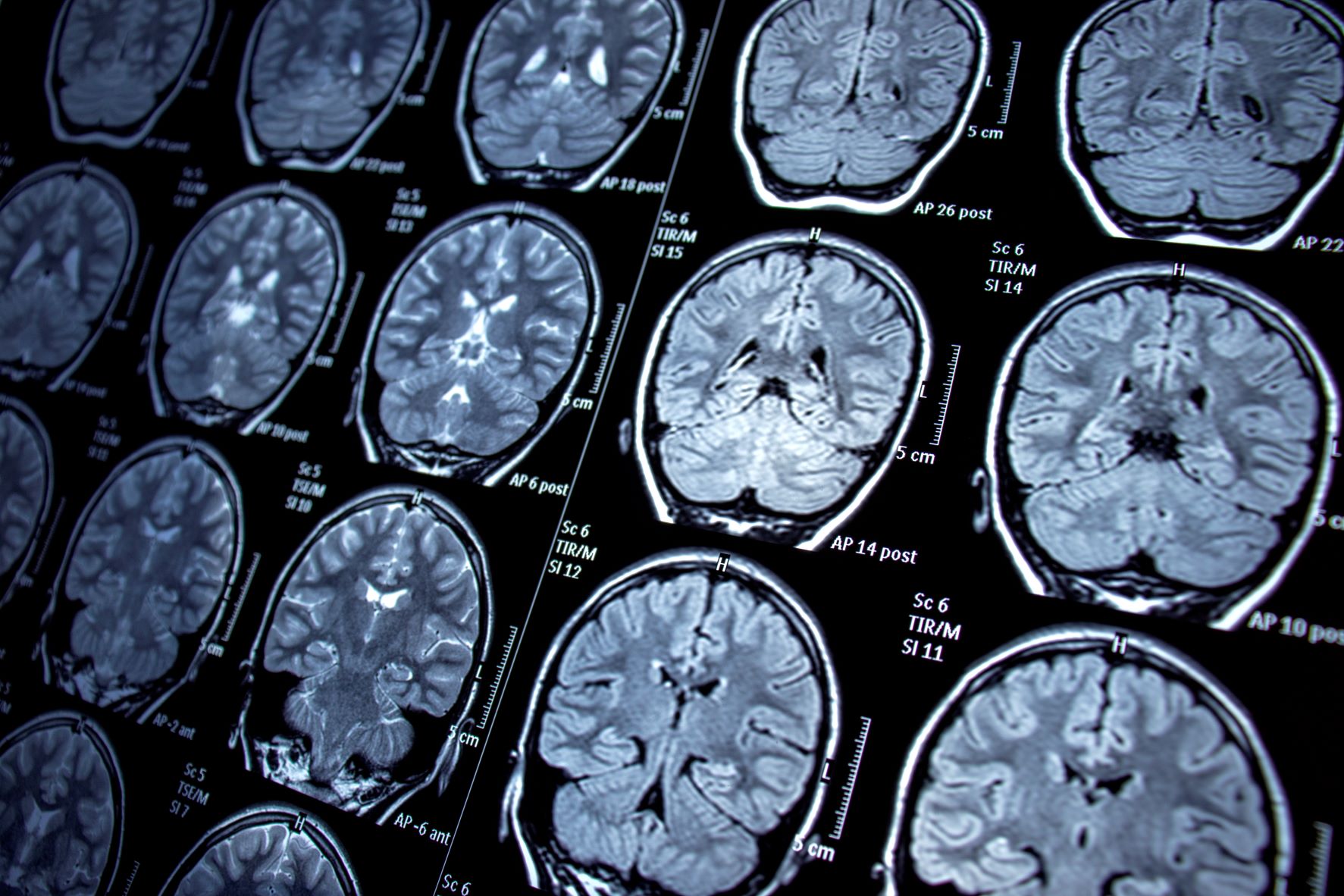Information for Healthcare Providers
Rabies is a rare but severe zoönotic encephalitis caused by a Rhabdovirus of the genus Lyssavirus. Only mammals are susceptible to rabies. In the United States, rabies is chiefly a disease of wild mammals, but it can rarely affect humans. If saliva from an infected animal gets onto a break in a person’s skin—most commonly through a bite—or on mucous membranes, that person might become infected.
Clinical Course
 The incubation period for rabies can range from a few days to rarely several years (typically 4–8 weeks). The early clinical signs and symptoms are often non-specific and include headache, fever, chills, cough or sore throat, anorexia, nausea, vomiting, and malaise. Paresthesias at the bite site are a common early neurologic manifestation of rabies. Symptoms progress rapidly (within 1–2 weeks) to central neurologic deficits including altered mental status (e.g., hyperactivity and agitation), hydrophobia, excessive salivation, and difficulty swallowing due to laryngeal spasms. Ultimately, autonomic instability, coma, and death occur. No treatment protocol has proven consistently effective for rabies once symptoms appear, and reports of patients surviving are exceedingly rare. If a person is exposed to the virus, prompt post-exposure prophylaxis (PEP) by administration of rabies immune globulin and vaccine can prevent progression to clinical rabies.
The incubation period for rabies can range from a few days to rarely several years (typically 4–8 weeks). The early clinical signs and symptoms are often non-specific and include headache, fever, chills, cough or sore throat, anorexia, nausea, vomiting, and malaise. Paresthesias at the bite site are a common early neurologic manifestation of rabies. Symptoms progress rapidly (within 1–2 weeks) to central neurologic deficits including altered mental status (e.g., hyperactivity and agitation), hydrophobia, excessive salivation, and difficulty swallowing due to laryngeal spasms. Ultimately, autonomic instability, coma, and death occur. No treatment protocol has proven consistently effective for rabies once symptoms appear, and reports of patients surviving are exceedingly rare. If a person is exposed to the virus, prompt post-exposure prophylaxis (PEP) by administration of rabies immune globulin and vaccine can prevent progression to clinical rabies.
Diagnosis
Rabies is an exceedingly rare cause of encephalopathy in the United States, and other, more common etiologies should be pursued first in patients who present with compatible symptoms. A healthcare provider with a patient for which rabies is strongly suspected should contact the local health department as soon as possible to discuss the case and possible testing. Ante- and post-mortem rabies testing are available only at the California Department of Public Health (CDPH) Viral and Rickettsial Diseases Laboratory (CDPH-VRDL). Public health officials must be consulted and approve testing before specimens may be submitted to CDPH-VRDL.